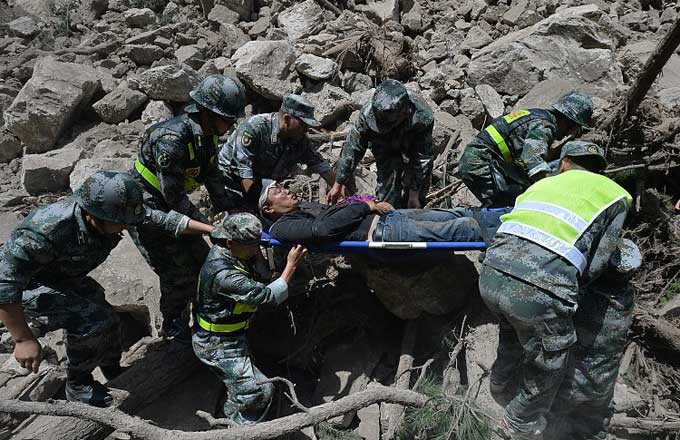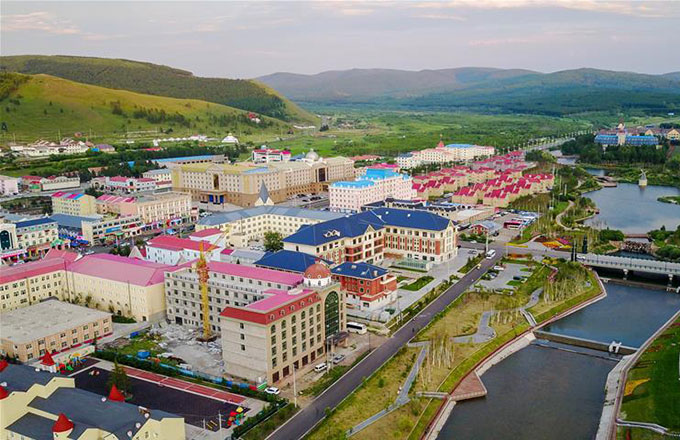When earth moved, this teen didn't flinch
Yi Junhao felt his stool wiggle on the sixth floor of a residential building in Chengdu, Sichuan province, when a magnitude-7.0 earthquake was triggered 285 kilometers away in the Jiuzhaigou county.
But the 15-year-old junior high school student didn't panic: He had experienced three major earthquakes in his home province in less than a decade - the magnitude-8.0 Wenchuan earthquake in 2008, the magnitude-7.0 Lushan earthquake in 2013 and the magnitude-6.3 Kangding earthquake in 2014.
"I've been hardened by all the quakes," he said.
Sichuan ranks fourth among Chinese regions most frequented by earthquakes. The top three are Tibet, Taiwan and Yunnan, according to Chen Huizhong, a 74-year-old senior research fellow at the Institute of Geophysics under the China Earthquake Administration.
Frequent quakes have a lot to do with Sichuan's special geographical structure, according to experts. About 100 million years ago, the Indian Plate and the Eurasian Plate collided, pushing up the Qinghai-Tibet Plateau.
Under pressure from the plateau, the crust of the basin is easily broken and often snaps, resulting in earthquakes.
"The Qinghai-Tibet Plateau rises by 10 to 20 centimeters a year. That explains why Sichuan is prone to earthquakes, many of them major ones," Chen said.
Chen ruled out any link between Tuesday's Jiuzhaigou earthquake and the Jinghe earthquake that took place at 7:27 am on Wednesday in the Xinjiang Uygur autonomous region, despite the back-to-back timing.
The Jiuzhaigou earthquake occurred in the country's north-south seismic zone running through the Ningxia Hui autonomous region, eastern Gansu province, western Sichuan and Yunnan province, Chen said.






















